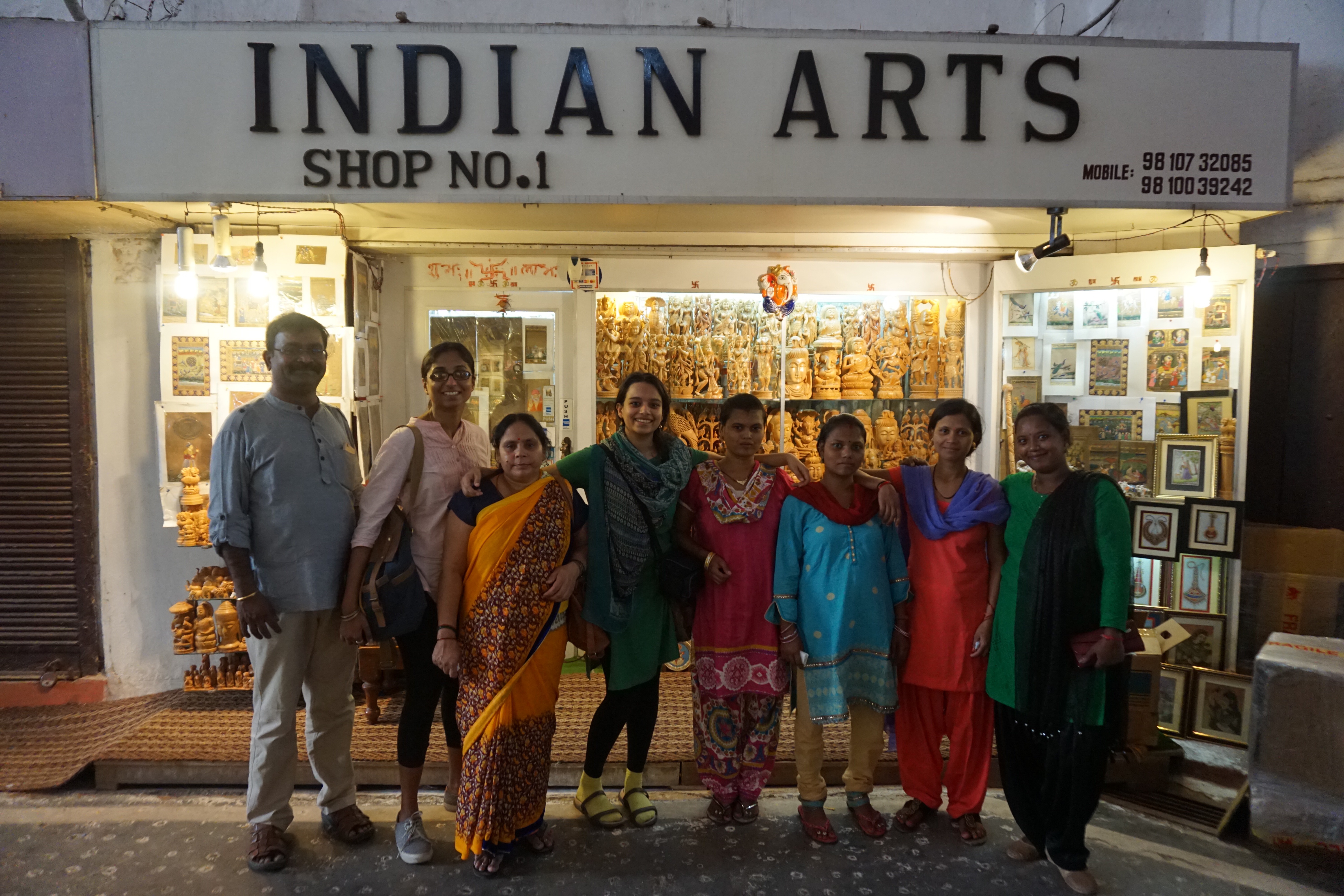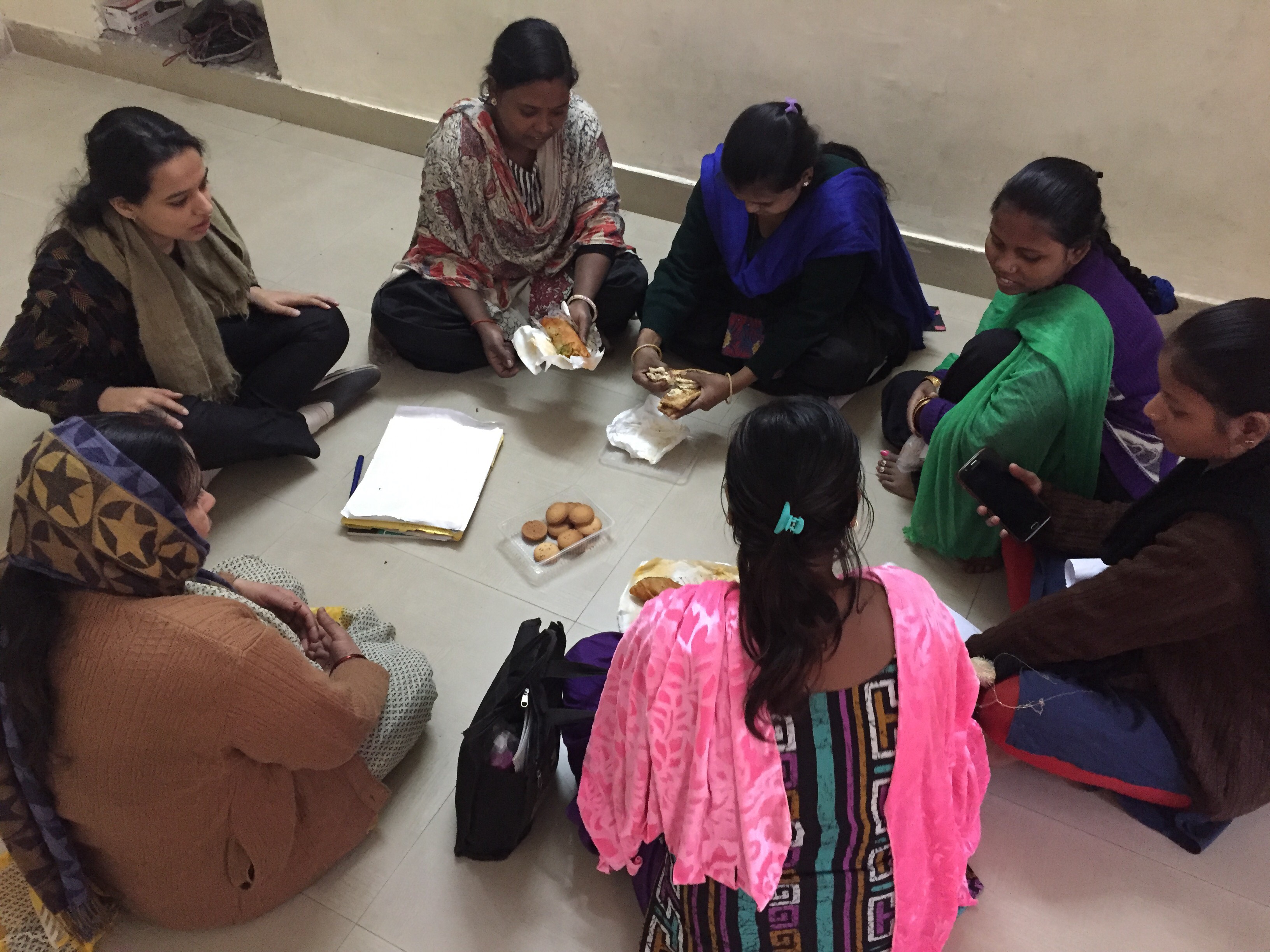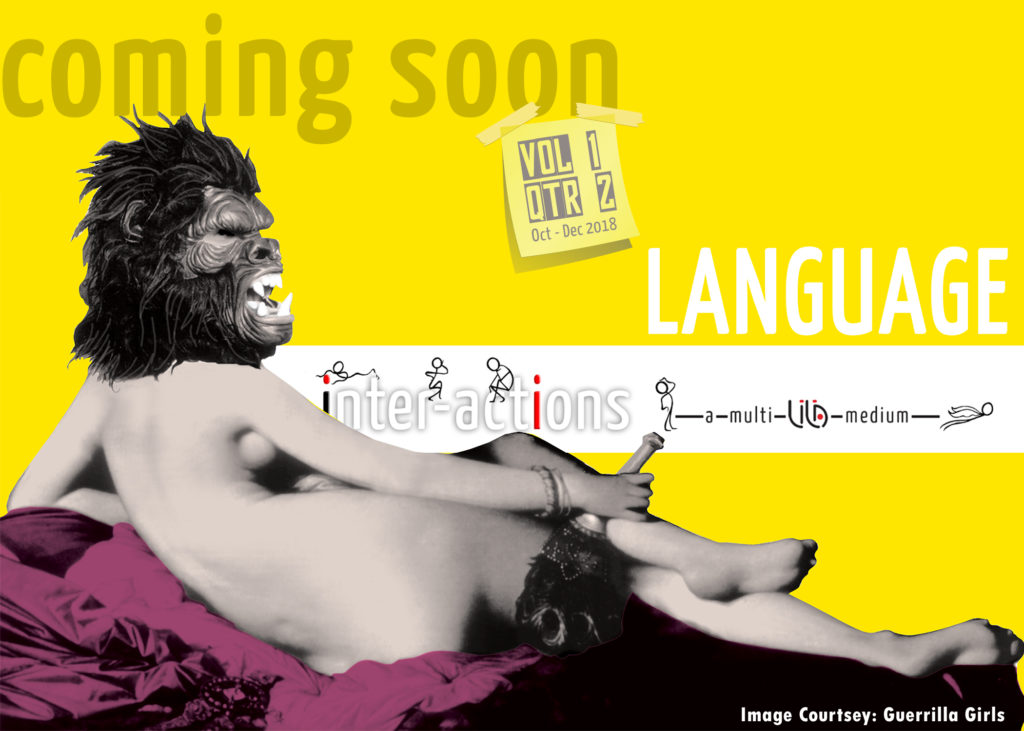On a seemingly ordinary Friday afternoon in April, a group of people gathered in a vacant plot in Gurugram to offer salah, also called namaz, as they have done for the last decade. While the ritual was still in process, some members of the neighbouring villages arrived at the location to protest and disrupt their prayers, chanting the slogans ‘Jai Shri Ram’ and ‘Radhe Radhe’. The protestors claimed that the worshippers were shouting anti-India slogans, while the devotees said they wouldn’t even converse with one another during the prayers. On subsequent occasions, members of right-wing outfits were reported to have disrupted other sessions of salah leading to the curbing of this practice in certain places through the month.
In the middle of this chaos, literary scholar Apoorvanand reminded us of the eloquence with which Premchand had written about the practice of offering salah:
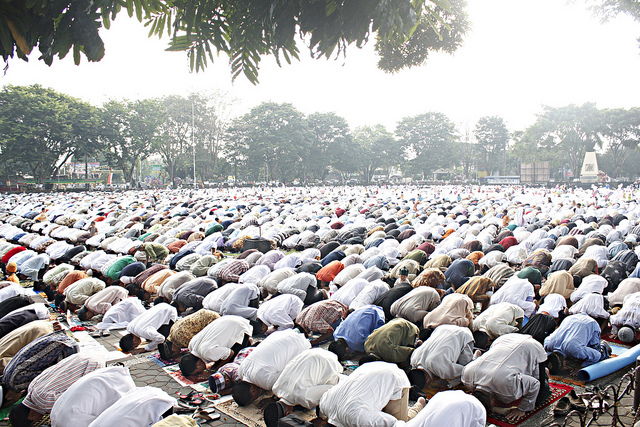
“Thousands of heads bow together and then rise to their feet together, like thousands of electric bulbs lighting up together and then dimming together. What an exceptional sight it presents with its collective actions and unending expanse – filling the heart with reverence, pride and inner joy. As if one single thread of brotherhood connects all those souls, creating an unbroken chain. ”
While at one time the union of devotees inspired a sense of brotherhood and compassion, a few years down the line, the same scene has evoked feelings of dissonance, anger and possibly fear. This shift in attitude begs an exploration of its reasons and consequences. How have political narratives been able to brainwash citizens of our nation into developing a sense of fear and distrust? Why have we lost the conviction to have faith in our neighbours and why do we grow increasingly distant from them?
Various multicultural communities from different periods of time have thrown some light into the conditions for harmonious co-habitation. In an interview for Traveller magazine, Shabbir Bhatti recalled his childhood in pre-partition India remembering how his entire neighbourhood would come together to celebrate different festivals, irrespective of the religion individuals followed. While on Holi one could find Muslim and Sikh members of the community covered in colour, at the end of Ramadan, the non-Muslim members would feast on Eid mithai. Most of the architecture in his town was Indo-Saracenic, illustrative of the Hindu-Muslim collaboration.
Going back further in time, a study of Sanskrit and Persian accounts of life during the Mughal Empire shows that in the early modern-era, Muslims were deeply interested in ancient Indic learnings. Stanford religious historian Audrey Truschke, in her new book ‘Culture of Encounters: Sanskrit at the Mughal Court’, suggests that as opposed to the popular notion of Mughals trying to abolish Indian culture and hegemonise their own, their courts actually supported and engaged with many Indian thinkers and ideas through collaborative religious and linguistic encounters. While Mughal intellectuals translated a number of Sanskrit texts into Persian, many Hindu and Jain intellectuals became influential members of the Mughal courts and composed Sanskrit texts for Mughal readers.
At the heart of both the above accounts is a deep intellectual and/or social engagement with the ‘other’, through public spaces and cultural objects and rituals. Modern day infrastructure and urban development strategies happened to have removed such shared living practices from our daily lives, leading to increasing detachment with our neighbours. Even as a history of terror, violence and political manipulation has resulted in the growing distance and distrust between the two religious communities, it may not be untrue to say that this phenomenological dissociation with historical knowledge as well as contemporary environments has contributed to our current predicament. As individuals and communities lose direct engagement with objects of sensory experience, they also lose the critical consciousness to analyse different narratives and intelligently question their own confirmation biases.
The Writer in various immersive experiences with women from different socio-cultural backgrounds. Image courtesy: LILA’s Indigo Lingo project files
The importance of the connection between one’s body, consciousness and environment has been elucidated by many postmodern anthropologists. These scholars tried to understand the ‘other’ culture not from a space of superiority and power, but by participating in the lives of communities different from their own. However, even in this effort, the scholars tended to use either a functionalist approach – where they simply categorised the social functions different rituals played – or an intellectualist approach – where they synthesised knowledge from passive exposure, and not from an immersive experience. This lack of immersion often resulted in dissonant accounts in the field of cross-cultural studies.
In his self-critical essay on postmodern ontology (2008), Pablo G. Wright advocates an ‘open’ ethnography that allows an ontological displacement of the subject-ethnographer towards transcending that which we know in order to understand that which we don’t know. Reflecting on his own work among the shamans of an Argentina Toba community, Wright states that his study and methodology would have been radically different, had he let go of the traditional ‘distanced’ observation for a more holistic methodology of study, through both intellectual as well as somatic engagement.
Other scholars too have come to the above realisation over the last decade. They have attempted to break the mind-body dichotomy towards highlighting the influence language and culture have in shaping perceptions. Robert Desjarlais in his book ‘Body and Emotion: The Aesthetics of Illness and Healing in the Nepal Himalayas’ (1992), writes about his apprenticeship with a shaman in the Helambu valley (traditionally known as Yolmo) in Nepal. According to the members of this community, a human being is constituted of various spiritual parts that influence their well-being. The ‘heartmind’ or sems, for instance, drives a person’s desire and imagination, while the brain or klad pa regulates these wishes. The sems is considered to be a physical entity that leaves the body to travel to the place or situation the heart longs for, and if it stays there for too long, the person is said to fall ill. The community therefore strongly believes in controlling and even hiding their emotions from others, in order to maintain health and equilibrium in the society.
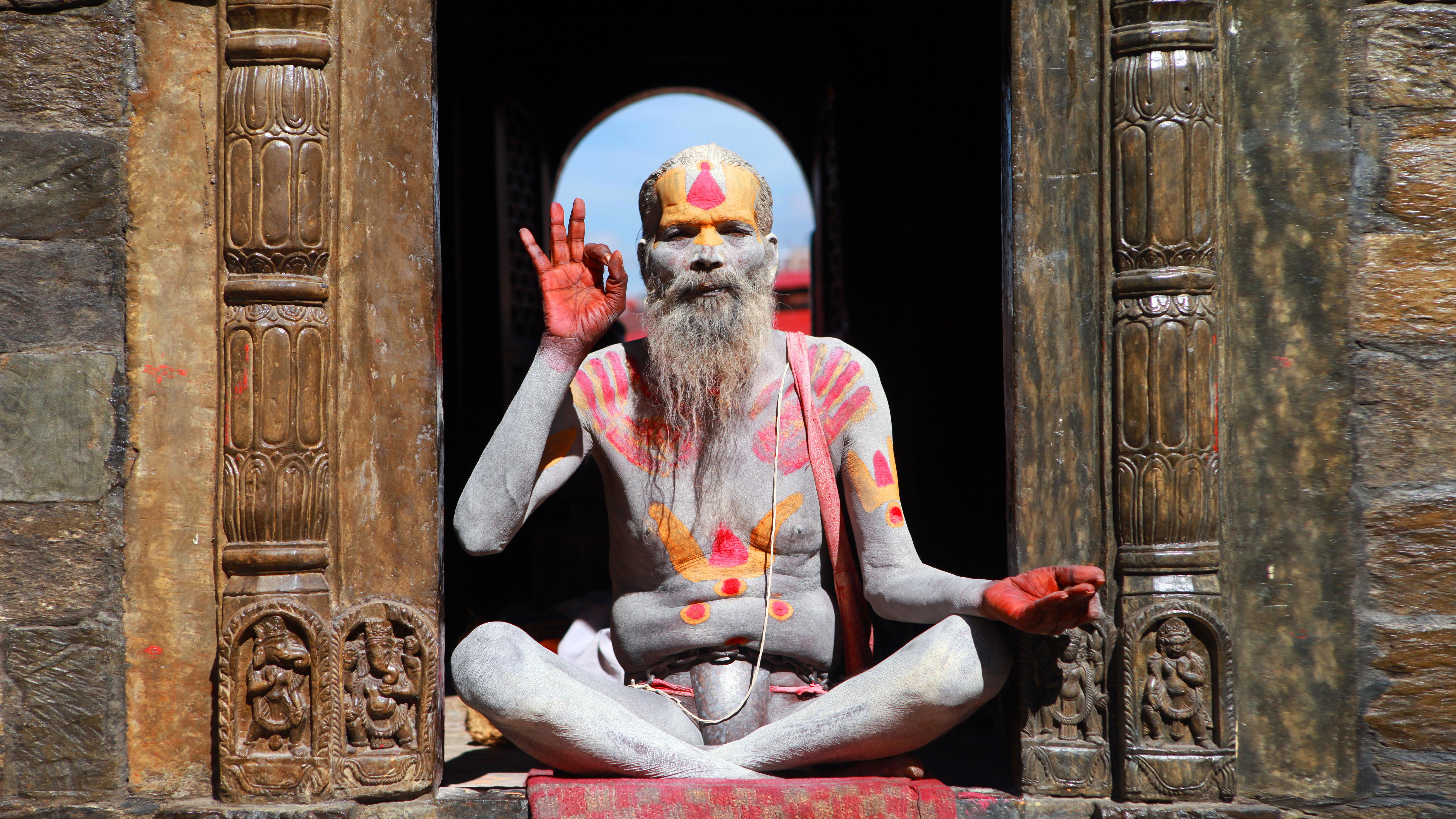
When Desjarlais set out to understand these ideas from the members of the Yolmo community, he received vague and incomprehensive responses. He hence decided to participate on a low-key level in everyday life, not just as a shaman’s apprentice, but also as a member of their community. In doing so, he developed a radical methodology that emphasised the somatic experience of the study as much as its intellectual engagement. Mary M. Cameron, in her review of his book in the Medical Anthropology Quarterly, wrote the following:
“Desjarlais participated in the embodied knowledge of the Yolmo by a kind of cultural kinaesthetic relativism in which his body became sensitive to, and mimetic of, the people around him. By having his body (and not just his mind) participate and observe, Desjarlais accessed Yolmo domains of knowledge and gained access to the shaman’s world of trance, empathy, suggestion, exorcism, and healing.”
This methodology allowed him to have an immersive experience of the community, which resulted in a deeper and more engaged understanding of his subject. In the contemporary context of growing intolerance and othering among different communities, we may draw two key lessons from Desjarlais’ experience:
The first is an appreciation of the diversity of ideas different cultures have of the body, which further influences their attitudes and interactions with people. Though such diversity presents a potential for conflict, Desjarlais provides us with a methodology to nurture these encounters into transformative experiences. By transcending constructed boundaries and engaging our body in a keen perception and comprehension of our environment, we are able to garner richer knowledge, which would not only increase empathy and tolerance through understanding, but also bring back the conviction and intuition we are so unfortunately and quickly losing.
For instance, in the case discussed at the beginning of this essay, the issue was fundamentally of urban governance. However, given today’s context of disconnect with socio-cultural ideas and activities, people have lost a sense of intimacy and brotherhood with their neighbours. Given the lack of understanding between the two communal groups, it becomes easy to manipulate an urban planning issue into a communal tiff. In such a scenario, reclaiming the public space and its governance becomes pertinent.
A practical way to implement this learning is to increase and support cultural exposure, not in a niche manner, but in more democratic and accessible ways. Local authorities can take initiative to develop public areas into spaces of organic cultural exchange that provide an immersive educational experience to all members of the community. Collaborative cultural activities that are mutually interesting can energise and activate individuals and open them up to mature and nuanced dialogues. Curriculum builders at all levels of education must take care to introduce learning techniques that include somatic immersion of the learners in their environments. All these activities can lead to the shaping of habitually attuned individuals who are more aware of, and responsibly responsive to, environmental stimuli.
The quality and potential of conflict resolution in a community is directly proportional to the number of mature and engaged members. An immersive model of governance that brings together the merits of both modern development strategies and somatic-cultural experiences would enable compassion and critical thinking among the citizens of our diverse nation, leading to increased harmony, and a happier, more secure and creative nation.
